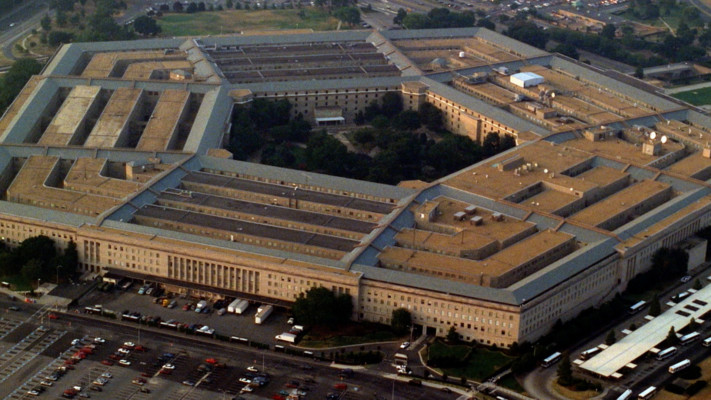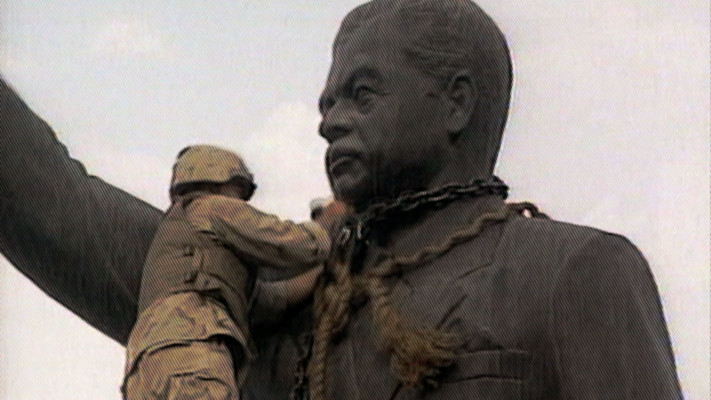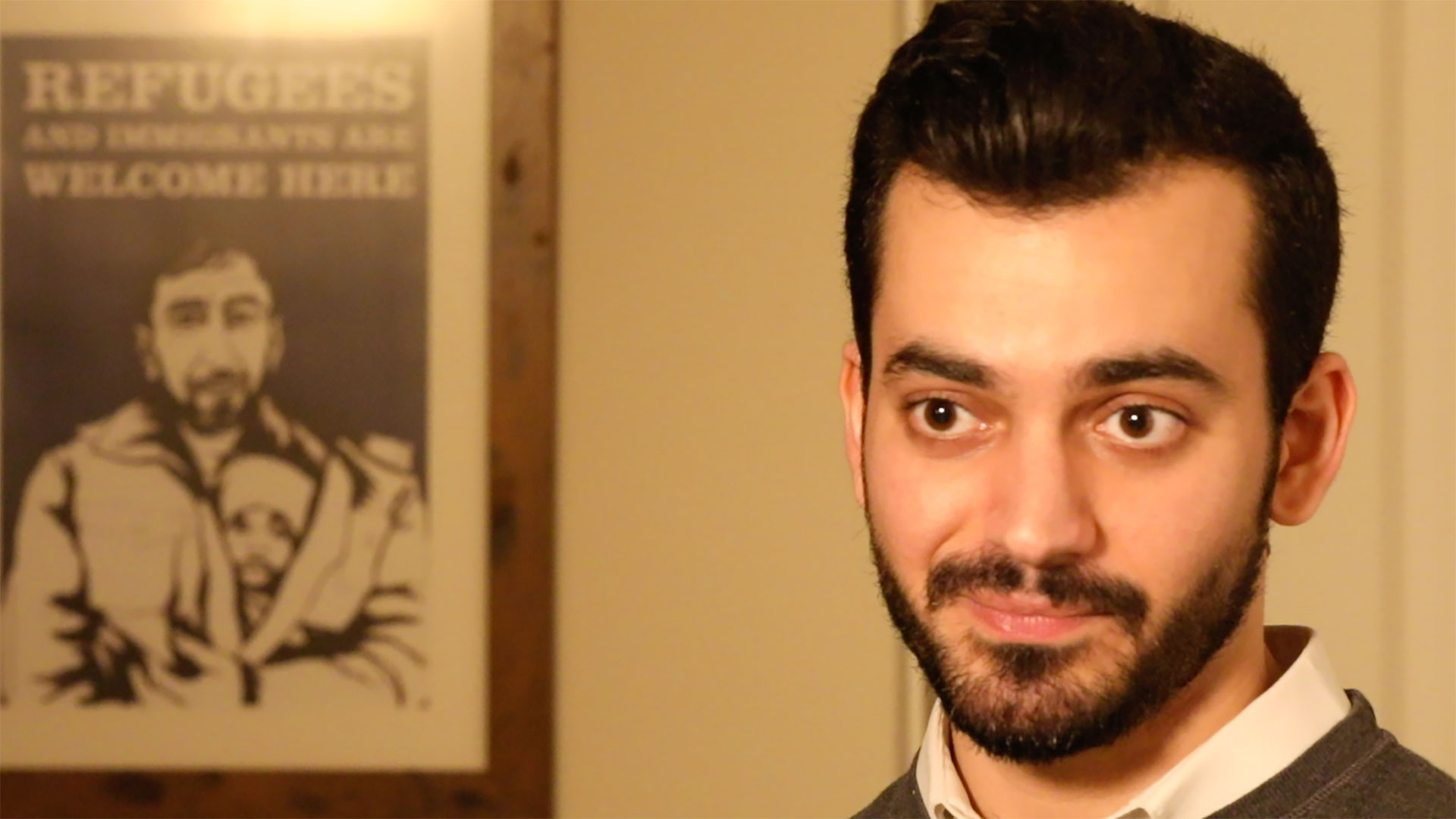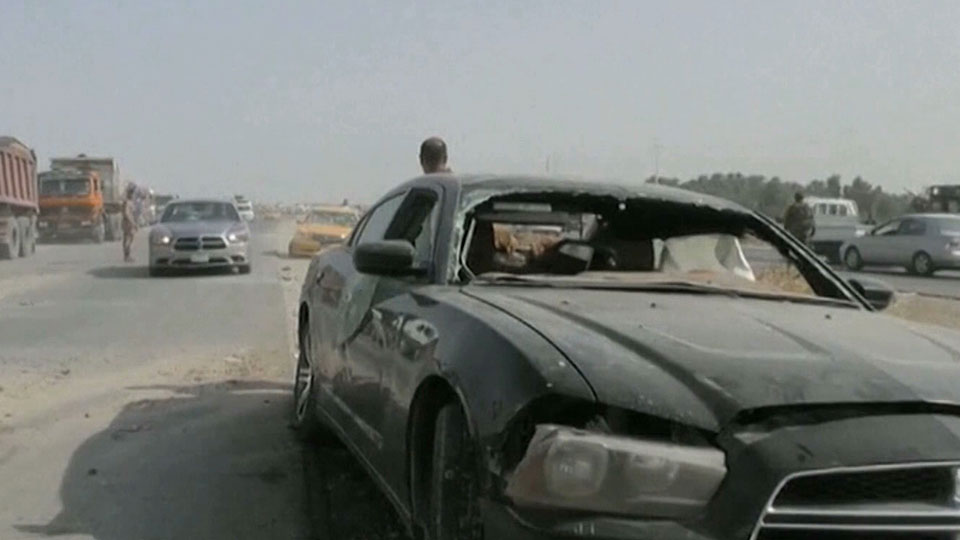
The story of a “War on Terror” gone wrong.
It’s a conflict that’s defined a quarter century of global disorder. But how much of it needed to happen?
In response to the 9-11 attacks, the United States – with the help of a Western coalition – rushed into war with Iraq to combat what it stated was the country’s growing cache of nuclear weapons.
With a global community largely torn, a press corps at times deemed complicit, and public opinion shifting from support to condemnation of the invasion, the war that seemed inevitable from the start has not yet ended. With trillions of dollars having been spent, hundreds of thousands of lives having been lost, and the birth of the Islamic State as one of its most marked results, this is a war that has delivered more questions than answers.
Iraq: War Continued tells the story of a country, a conflict, and the upending of global order, from the perspective of those who fought in the war, those who covered the war, and those who were – and perhaps continue to be - its victims.
WATCH
DOCUMENTARY SELECTS
Click on any image for full screen slideshow.









MORE ON THE WEB
DATA | MASSACHUSETTS INSITUTE OF TECHNOLOGY
The Massachusetts Institute of Technology has compiled data from leading publications, including The Lancet and the New England Journal of Medicine, estimating the true rate of mortality from the Iraq War.
It also compiled health data showing the impacts the war has had – and continues to have – on the civilian population in Iraq.
Read the report, here. http://web.mit.edu/humancostiraq/index.html
THE IRAQ WAR TIMELINE | COUNCIL ON FOREIGN RELATIONS
The Council on Foreign Relations is an independent, non-profit organization, think tank and publisher dedicated to being a resource for government, the private sector and civil society.
See their timeline on the Iraq War, from 2003 to 2011, here. https://www.cfr.org/timeline/iraq-war
DATA | THE WORLD BANK
The war in Iraq has hindered the country economically, socially and environmentally.
The World Bank’s Human Capital Index measures key health and education indicators, to determine how healthy a population is, and how likely its children and adults are to prosper.
War greatly impacts those indicators, with child survival and adult survival being the most saliently affected.
Read more about how Iraq’s Adult Survival Rate fares below the global average, here. https://www.worldbank.org/en/publication/human-capital
MORE FROM CGTN AMERICA
- Click to share on Facebook (Opens in new window) Facebook
- Click to share on X (Opens in new window) X
- Click to share on Instagram (Opens in new window) Instagram
- Click to share on LinkedIn (Opens in new window) LinkedIn
- Click to share on Reddit (Opens in new window) Reddit
- Click to print (Opens in new window) Print
 CGTN America
CGTN America




